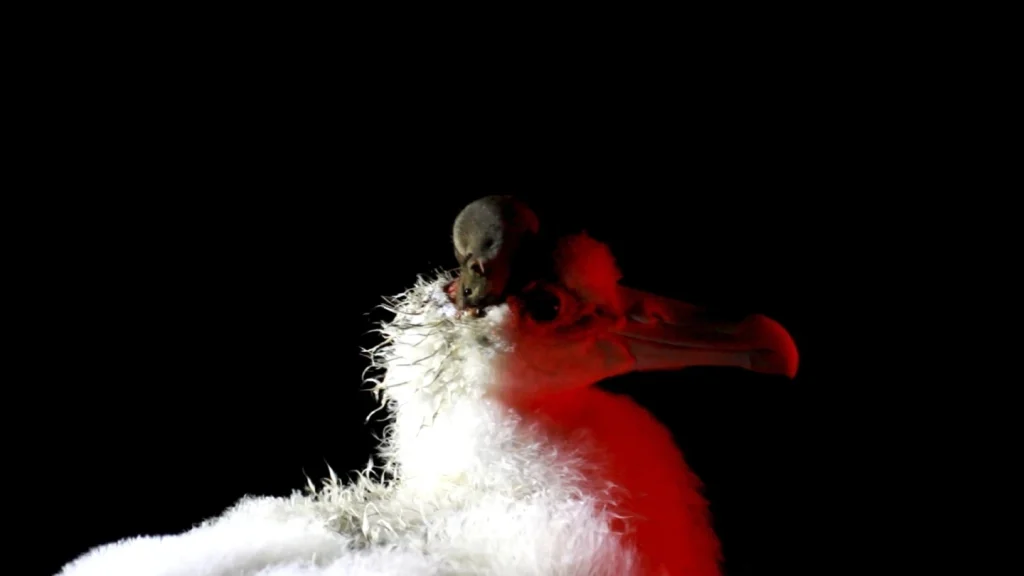The introduction of mice to a remote island near Antarctica two centuries ago has resulted in a dire situation where these rodents are now wreaking havoc on the delicate ecosystem due to the effects of climate change.
The island in question, Marion Island, is facing a crisis as the mice population spirals out of control, posing a significant threat to the seabirds and unique biodiversity that inhabit this special nature reserve.
Conservationists are now faced with the daunting task of implementing a large-scale extermination plan to address the issue.
The Mouse-Free Marion project, as it is known, aims to use helicopters to distribute hundreds of tons of rodent poison across every inch of the island’s 115 square miles.
The success of this ambitious eradication effort hinges on the complete elimination of the mouse population, as even the survival of a single pregnant mouse could undo all the progress made.
The significance of the Mouse-Free Marion project cannot be overstated, as the ecological balance of Marion Island, as well as the broader Southern Ocean region, hangs in the balance.
The island is home to nearly 30 bird species, some of which have global importance, and serves as a crucial habitat for wandering albatrosses and other wildlife.
The arrival of house mice on Marion Island in the early 1800s marked the introduction of the island’s first mammal predators, leading to a disruption of the natural ecosystem.
However, it is in recent decades that the detrimental impact of the mice has become most pronounced. Dr. Anton Wolfaardt, the project manager for Mouse-Free Marion, highlights the rapid increase in the mouse population, attributing it largely to the changing climate conditions on the island.
The warming temperatures, a consequence of climate change, have transformed Marion Island from a cold and windswept environment to a more hospitable setting for the mice to thrive.
Their extended breeding season and heightened reproductive rates have resulted in a staggering rise in mouse densities, with rough estimates suggesting a population exceeding a million individuals.
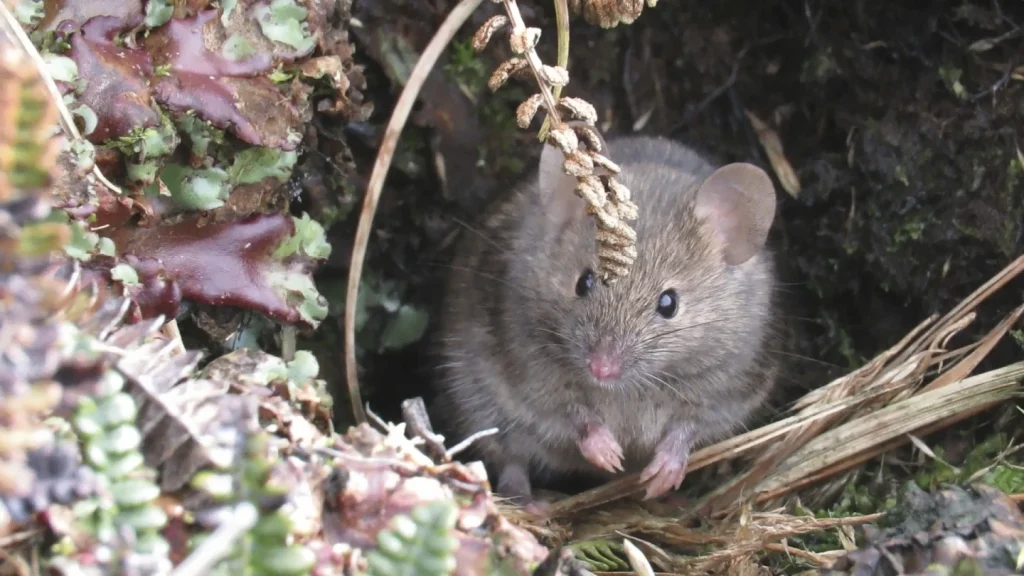
This burgeoning population is not only depleting food sources such as invertebrates but also preying on seabirds, including vulnerable chicks and adult birds in their nests.
The urgency of addressing the mouse infestation on Marion Island cannot be overstated. The success of the Mouse-Free Marion project is crucial not only for the preservation of the island’s unique biodiversity but also for safeguarding the fragile balance of the wider Southern Ocean ecosystem.
By undertaking this unprecedented eradication effort, conservationists are taking a bold step towards restoring the ecological integrity of Marion Island and ensuring the continued survival of its diverse wildlife populations.
The plight of seabirds on Marion Island due to the predation by mice is a distressing reality that has garnered attention from conservationists worldwide.
The unsettling image of a mouse perched on the bloodied head of a wandering albatross chick serves as a stark reminder of the imbalance in the island’s ecosystem.
This phenomenon, although observed only on a few islands globally, has escalated in scale and frequency on Marion Island, posing a grave threat to the survival of numerous seabird species.
According to reports dating back to 2003, the lack of defense mechanisms in seabirds against these newfound predators has allowed mice to prey on them with impunity.
The vulnerability of these birds is evident as they helplessly endure the nibbling and swarming of mice, leading to a grim forecast by conservationists.
If left unchecked, the continued predation by mice could result in the disappearance of 19 seabird species from the island within the next 50 to 100 years, signaling a dire future for the avian inhabitants of Marion Island.
In response to this crisis, an ambitious eradication project has been proposed as a last-ditch effort to safeguard the biodiversity of the island.
The success of this endeavor hinges on meticulous planning and flawless execution, leaving no margin for error. The use of helicopters to distribute rodenticide bait across the island underscores the magnitude of the operation, which is poised to be the most extensive intervention of its kind.
With the collaboration of BirdLife South Africa and the Department of Forestry, Fisheries, and the Environment, this project aims to restore the ecological balance on Marion Island and secure its status as a sanctuary for seabirds.
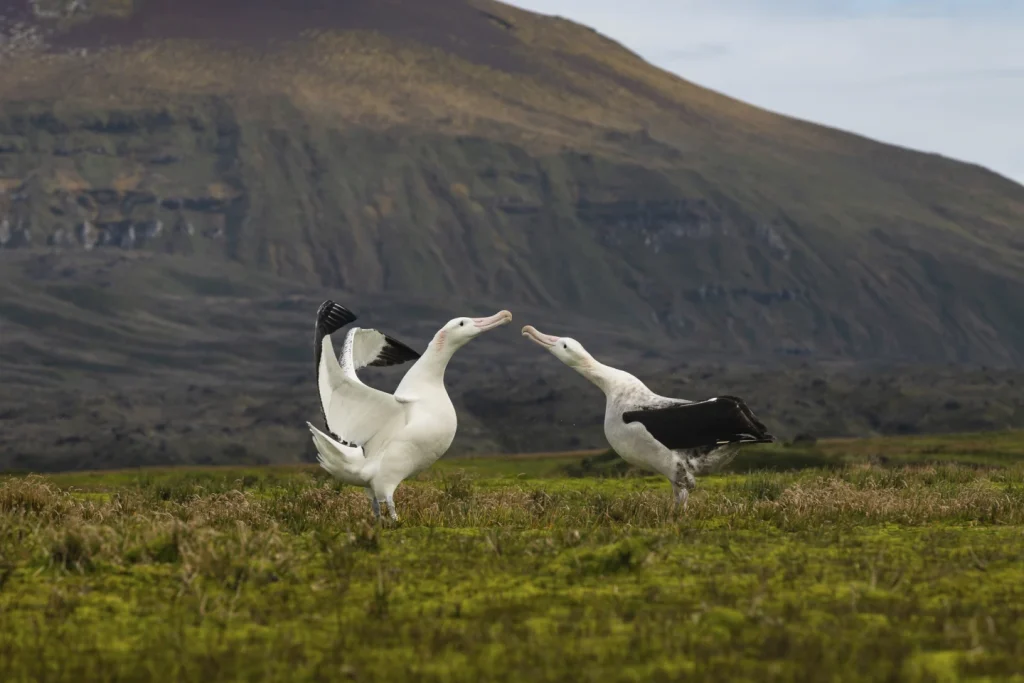
The meticulous design of the rodenticide bait, ensuring minimal impact on the environment and non-target species, reflects the conscientious approach taken towards conservation efforts.
While acknowledging the unavoidable individual-level effects on certain animals, conservationists emphasize the resilience of these species to bounce back post-eradication.
The eradication project stands as a testament to the unwavering commitment to preserving the unique biodiversity of Marion Island and underscores the critical role of environmental protection in safeguarding fragile ecosystems.
The historical context of previous attempts to control the mouse population on Marion Island, including the introduction and subsequent eradication of feral cats, serves as a cautionary tale of unintended consequences in invasive species management.
The lessons learned from past interventions underscore the need for a comprehensive and sustainable approach to conservation, one that prioritizes long-term ecological health over short-term fixes.
As the eradication project on Marion Island inches closer to fruition, the meticulous planning, substantial funding requirements, and regulatory approvals underscore the complexity of addressing ecological imbalances caused by invasive species.
The collaborative efforts of scientists, conservationists, and government agencies underscore the collective responsibility to protect and preserve the delicate ecosystems that sustain life on our planet.
In conclusion, the eradication project on Marion Island represents a pivotal moment in the ongoing battle to restore ecological harmony and protect the rich biodiversity of this remote outpost.
The challenges ahead are daunting, but the stakes are higher—the survival of seabird species and the preservation of Marion Island’s unique ecosystem hang in the balance.
Only through concerted and sustained conservation efforts can we hope to secure a future where mice no longer threaten the existence of seabirds on this vital sanctuary of nature.
Islands play a crucial role in conservation efforts as they are often considered to be biodiversity hotspots. However, they are also extremely fragile ecosystems that are highly susceptible to human activities and invasive species.
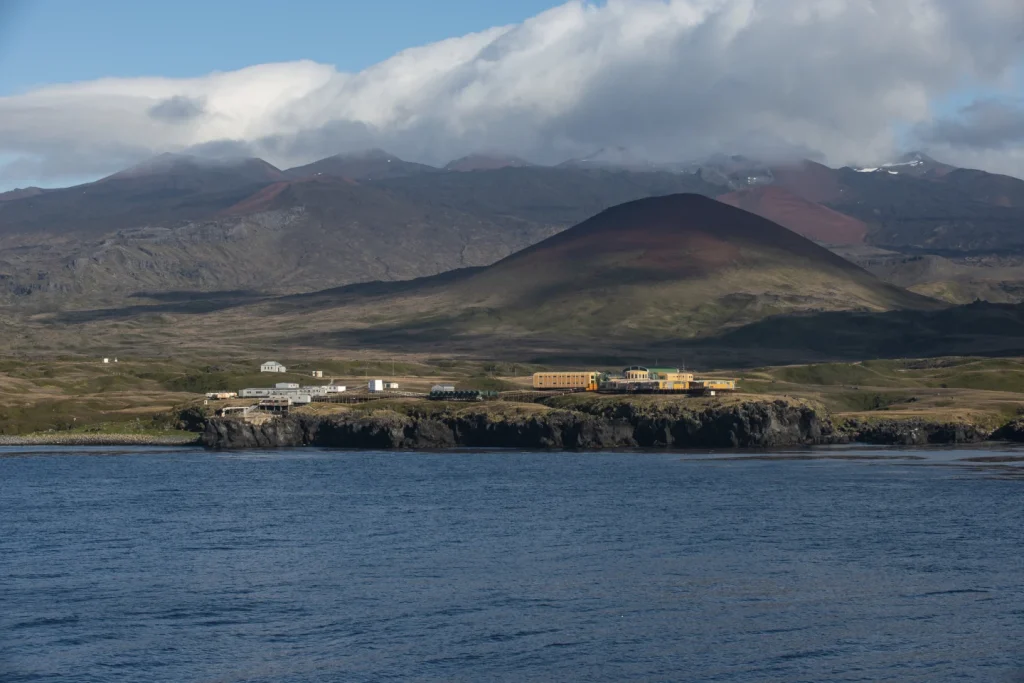
The Island Conservation organization has highlighted the importance of islands in their conservation efforts, referring to them as “extinction epicenters” due to the high number of species that have gone extinct on islands.
In fact, it is estimated that 75% of all species that have gone extinct lived on islands, with approximately 95% of those being bird species.
Recognizing the significance of protecting these unique ecosystems, conservationists are working towards restoring and preserving island habitats.
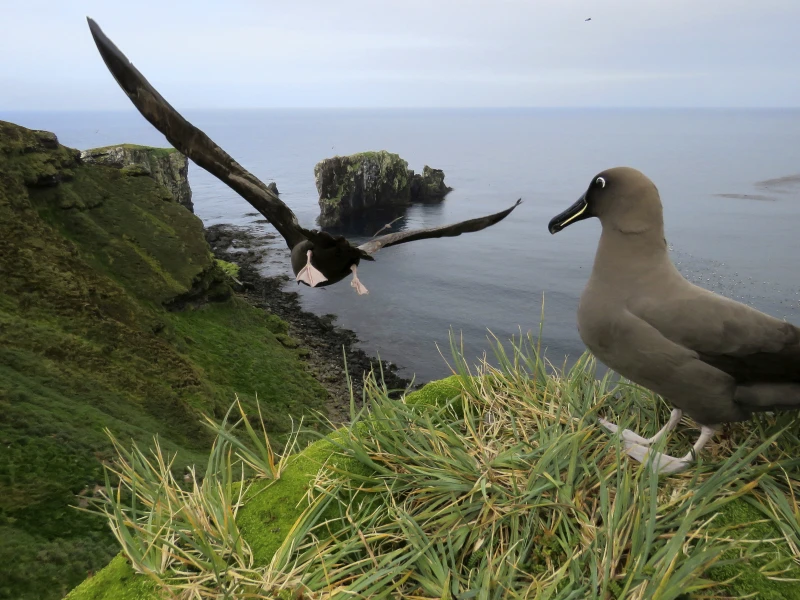
According to Wolfaardt, a member of the organization, these conservation projects are essential for addressing conservation threats and ensuring the long-term survival of island species.
By taking action to protect and restore island ecosystems, we can make a significant impact on global biodiversity and conservation efforts.
